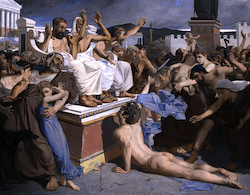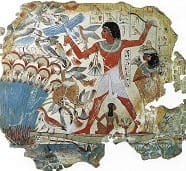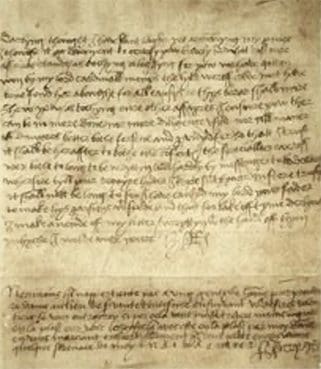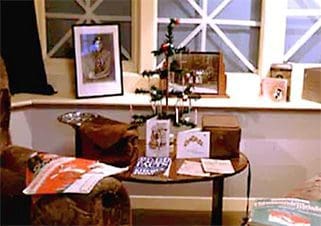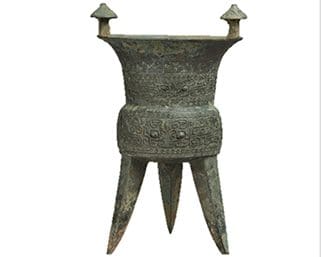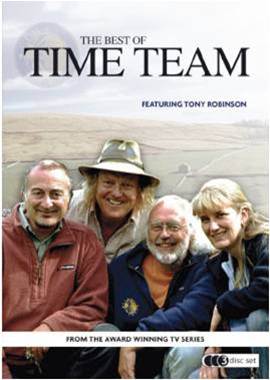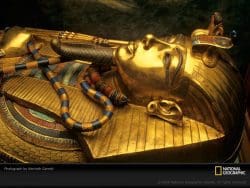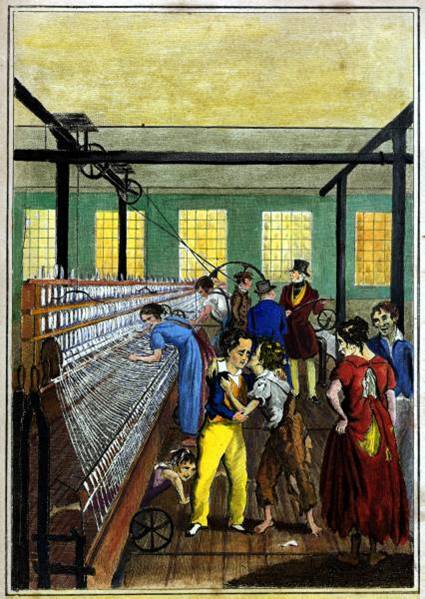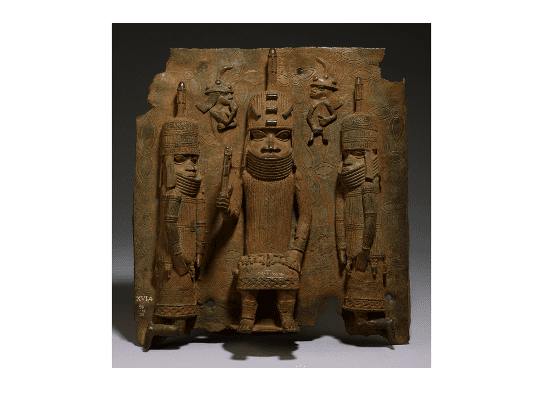
The first part of this session revolves around the encounter between indigenous Benin people and the European traders. It then looks briefly at the impact the European settlers had, looking mostly at the 16th century.
The second part of the session focuses on what pupils can infer from individual objects: the Benin bronzes. Having tried to imagine why the bronzes were made in the first place, pupils work on a ‘zones of inference’ activity before hot-seating you as the creator of a particular bronze.
Learning objectives
- Pupils understand that the rise of Benin began before the Europeans arrived.
- Pupils understand that Benin supplied the Portuguese with pepper, ivory, leopard skins and slaves as they were ideally suited for trade both on coast and inland.
- They know that this encouraged growth of brass casting for European market. Portuguese especially wanted manillas- bracelets which were made in Holland, traded throughout West Africa as a type of currency, and then melted down by brass workers in Benin.
- They are able to use their contextual knowledge to draw inferences about Benin culture using a number of Benin bronzes
Step 1
Start by showing pupils slide 2 which presents two 16th century

